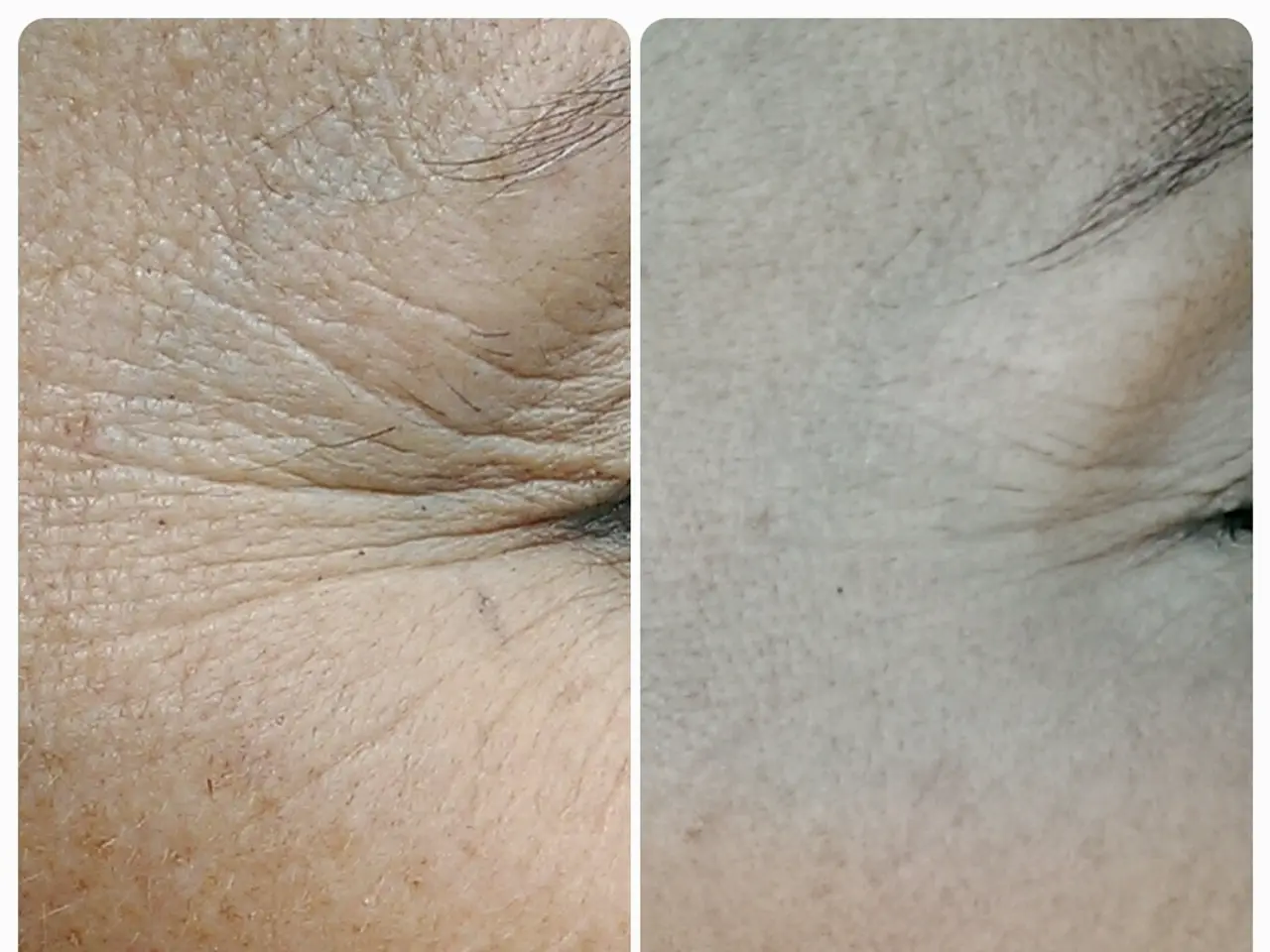Groin area affected by Hidradenitis suppurativa
Hidradenitis Suppurativa (HS), a chronic inflammatory skin condition, often manifests in sensitive areas such as the groin, armpits, under the breasts, and around the anus. Characterised by painful, inflamed lumps or abscesses near hair follicles where skin rubs together, this condition can be bothersome and impact quality of life.
Symptoms of Groin HS
Common symptoms include lumps or abscesses that are often painful, inflamed, and prone to leaking pus. These lesions can become chronic, leading to scarring and restricted movement due to swelling or scar tissue. The affected area may also become red, swollen, and tender, producing foul-smelling pus in severe cases.
Treatment Options
Treatment for groin HS typically involves a combination of medications and lifestyle changes.
Medications
Antibiotics, such as oral or topical clindamycin, help reduce infection, inflammation, and pus, managing mild to moderate cases and preventing progression. Resorcinol cream, a topical peel, can also help reduce inflammation and open clogged follicles, though effects may take months. Corticosteroids, injected directly into lesions, can reduce swelling and pain, while oral steroids are used cautiously due to side effects. Biologic drugs like TNF-alpha inhibitors (e.g., infliximab, adalimumab) are reserved for severe cases, with caution due to infection and malignancy risks.
Surgical Interventions
Incision and drainage provide temporary relief from painful abscesses but do not cure HS and are not preferred long-term. More extensive surgical excision may be required for severe or large lesions, sometimes involving reconstructive procedures.
Lifestyle and Self-Care Adaptations
Wearing loose, breathable, moisture-wicking clothing can help reduce friction and moisture. Gentle skincare with fragrance-free, pH-balanced cleansers, avoiding harsh scrubbing, patting skin dry, and moisturizing while damp are also recommended. Use of warm or cold compresses to relieve pain and inflammation is beneficial, while stress management techniques such as meditation, yoga, exercise, and counseling can help reduce flare frequency and severity. Dietary adjustments through elimination diets to identify and avoid personal food triggers can also be helpful.
Prevention Methods
Prevention methods focus on managing known triggers and maintaining skin health. Avoiding tight or synthetic clothing to reduce friction and moisture buildup, especially in the groin, is crucial. Maintaining good hygiene with gentle cleansing routines and avoiding irritants is also important. Controlling body weight and reducing smoking, if applicable, can help reduce the risk of HS. Managing stress effectively can help reduce flare frequency and severity.
HS is a lifelong, recurring condition with no cure, but early and consistent treatment, combined with lifestyle modifications, can help manage symptoms and reduce flare-ups in the groin area.
- The inflamed lumps or abscesses that characterize Hidradenitis Suppurativa (HS) can be found near the groin, a sensitive area frequently affected, potentially impacting mental health and overall well-being.
- In dermatology, treatments for groin HS often involve a combination of antibiotics, such as clindamycin, and lifestyle adjustments that focus on skin care and hygiene practices.
- Skin-care routines recommended for individuals with HS should include using fragrance-free, pH-balanced cleansers, gentle moisturizers, and avoiding harsh scrubbing to prevent further irritation.
- Managing Hidradenitis Suppurativa (HS) as a chronic, long-term condition requires consistent attention to skin health and wellness, as well as mental-health strategies like stress management to maintain quality of life.




